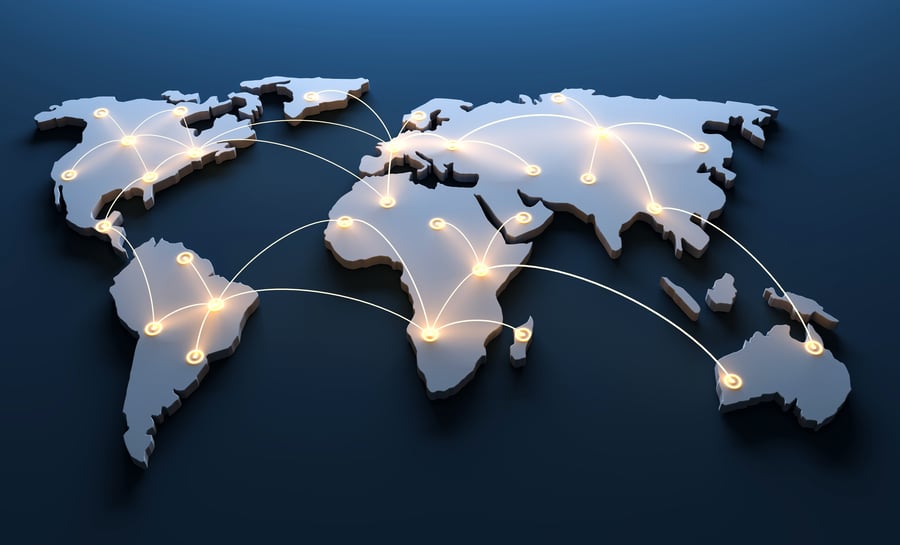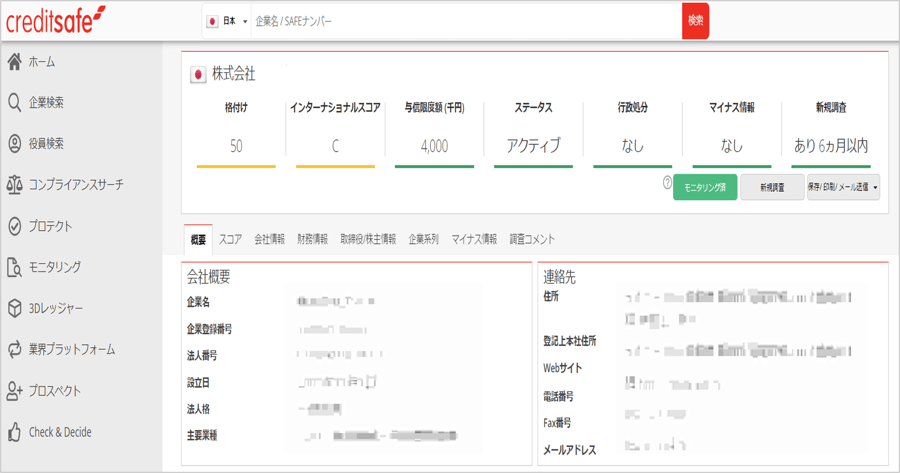The world feels topsy turvy at the moment - with inflation rates rising every month, energy prices rising, a cost of living crisis and now, a potential recession looming in 2023. As a business leader, your first instinct might be to restrict budgets, cut back on product development and postpone/stop expansion plans.
But the reality is that a recession is often the best time to expand your business into new markets. Not only will global expansion open the door to new revenue streams, but it'll also help you cement your position as an industry leader and gain the advantage over your competitors.
The data supports this. According to the Borderless Business study by Standard Chartered, a majority of U.S. companies expect an increase in global expansion over the next 6-12 months. In fact, 49% of the US companies surveyed saw their best growth opportunities outside of their home region, compared to 35% in June 2020.








